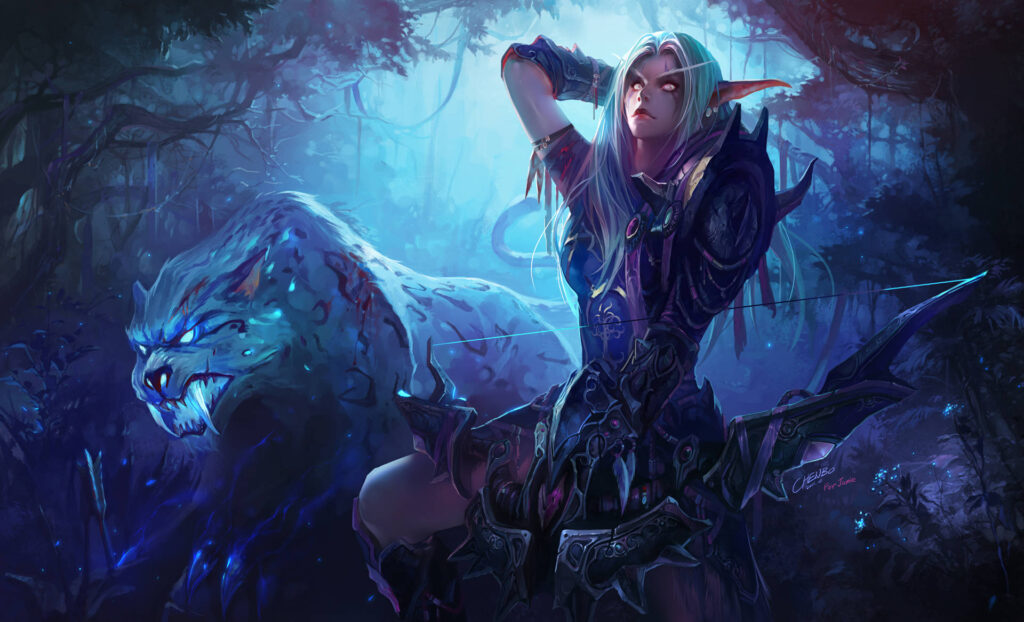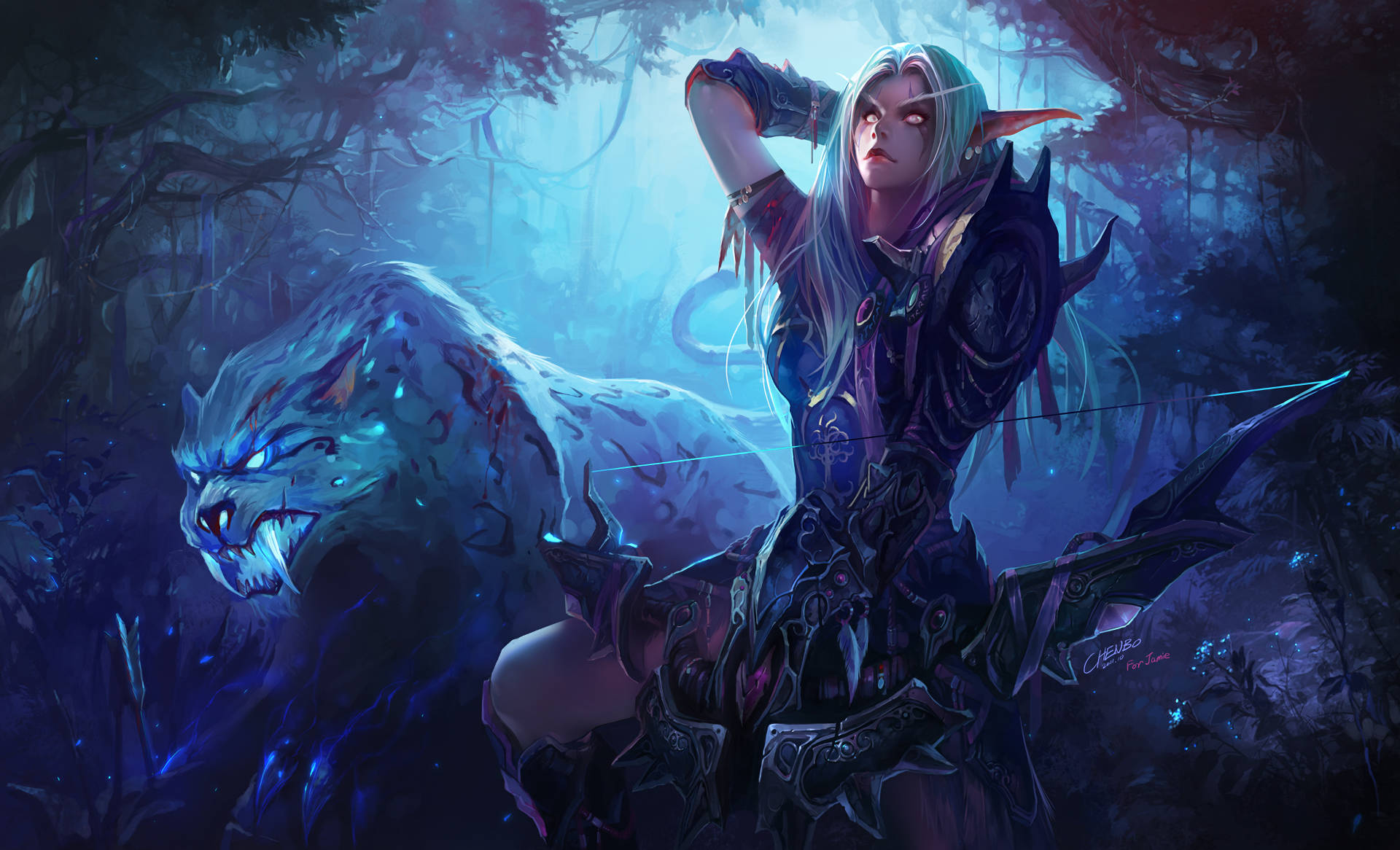
Unveiling the Mysteries of Ancient Elves: History, Lore, and Legacy
The allure of elves, particularly ancient elves, has captivated imaginations for centuries. From the ethereal beings of folklore to the sophisticated societies depicted in modern fantasy, elves represent a profound connection to nature, magic, and ageless wisdom. This article delves into the rich history, intricate lore, and enduring legacy of ancient elves, exploring their origins, cultures, and lasting impact on the worlds they inhabit, both real and imagined. Understanding the ancient elves requires sifting through layers of myth and legend, analyzing archaeological findings (where applicable), and examining the cultural significance they hold across various societies.
The Origins of Elvenkind: Tracing the Roots
The concept of elves predates many modern fantasy tropes. Their origins can be traced back to Norse mythology, where they were divided into two distinct groups: the Ljósálfar (Light Elves) and the Dökkálfar (Dark Elves). The Light Elves were associated with beauty, light, and goodness, while the Dark Elves were often depicted as malevolent and dwelling in the underworld. These early depictions laid the foundation for the diverse interpretations of elves that would emerge in later folklore and literature.
In Germanic folklore, elves were often associated with nature spirits, possessing magical powers and a deep connection to the natural world. They were believed to inhabit forests, meadows, and hills, and were often depicted as both benevolent and mischievous. These early tales contributed to the enduring image of elves as guardians of nature and masters of magic.
Elven Cultures: A Tapestry of Traditions
Over time, the depiction of elves evolved, leading to the development of distinct elven cultures with unique traditions, beliefs, and social structures. These cultures often reflected the values and concerns of the societies that created them, offering insights into the human condition through the lens of fantasy.
High Elves: The Keepers of Knowledge
High elves, often portrayed as the oldest and most refined of their kind, are typically associated with wisdom, magic, and artistry. They are often depicted as living in secluded cities, guarding ancient knowledge and preserving the traditions of their ancestors. Their societies are often hierarchical, with a strong emphasis on learning and cultural preservation. The ancient elves, specifically the High Elves, were often seen as the epitome of elven civilization.
Wood Elves: The Guardians of the Forest
Wood elves, also known as sylvan elves or wild elves, are deeply connected to the natural world. They are skilled hunters, trackers, and warriors, fiercely protecting their forests from outsiders. Their societies are often less formal than those of high elves, with a greater emphasis on self-sufficiency and survival skills. The ancient elves that chose to live closer to nature often evolved into the Wood Elves.
Dark Elves: The Shadows of Elvenkind
Dark elves, sometimes called drow, represent the darker aspects of elven nature. They are often depicted as cruel, cunning, and power-hungry, dwelling in underground cities and engaging in dark magic. Their societies are often matriarchal, with a strong emphasis on warfare and domination. The origins of Dark Elves are often tied to a schism within elven society, a fall from grace that transformed them into the twisted beings they are today. Even among the ancient elves, there were whispers of those who would embrace darkness.
The Magic of Ancient Elves: A Source of Wonder and Power
Magic is an integral part of elven lore, often depicted as a natural extension of their being. Elves are typically portrayed as being more attuned to magical energies than humans, capable of wielding powerful spells and performing extraordinary feats. Their magic is often tied to nature, allowing them to control the elements, heal the wounded, and communicate with animals. The ancient elves were said to possess magical abilities far beyond those of their modern descendants.
The types of magic practiced by elves vary depending on their culture and environment. High elves often specialize in arcane magic, studying ancient texts and mastering complex spells. Wood elves are more likely to practice druidic magic, drawing power from the natural world. Dark elves often engage in necromancy and other forms of dark magic, seeking to control and manipulate life and death. The study of ancient elves‘ magical practices provides valuable insight into their beliefs and values.
The Legacy of Elves: Enduring Influence on Fantasy
Elves have had a profound impact on the fantasy genre, shaping the worlds and stories that captivate millions of readers and players around the world. From J.R.R. Tolkien’s immortal elves in The Lord of the Rings to the diverse elven cultures in role-playing games like Dungeons & Dragons, elves continue to inspire and enchant audiences with their beauty, wisdom, and magical abilities. Understanding the ancient elves helps us appreciate the depth and complexity of modern fantasy narratives.
The enduring appeal of elves lies in their ability to embody both the best and worst aspects of humanity. They represent the potential for beauty, wisdom, and harmony with nature, but also the dangers of pride, isolation, and the abuse of power. By exploring the complexities of elven nature, fantasy writers and artists can offer profound insights into the human condition.
Ancient Elves in Pop Culture: A Modern Interpretation
The concept of ancient elves is constantly being reimagined and reinterpreted in popular culture. Video games, movies, and television shows continue to explore the rich lore and diverse cultures of elvenkind, offering new perspectives on their history, magic, and legacy. These modern interpretations often draw inspiration from traditional folklore and literature, while also adding their own unique twists and innovations. For example, the evolution of elves in video games often sees them as technologically advanced as well as magically adept, a far cry from the rustic forest dwellers of old. [See also: Elven Architecture in Fantasy Games]
The Future of Elven Lore: Continuing the Story
The story of ancient elves is far from over. As long as humans continue to dream and imagine, elves will continue to evolve and inspire new stories and creations. The future of elven lore lies in the hands of writers, artists, and game designers who are willing to explore the depths of elven nature and create new worlds where elves can thrive. By honoring the traditions of the past while embracing the possibilities of the future, we can ensure that the legacy of ancient elves continues to enchant and inspire generations to come. The ancient elves remain a powerful symbol of what we aspire to be, and a cautionary tale of what we must avoid.
Ultimately, the enduring fascination with ancient elves stems from their ability to reflect our own hopes, fears, and aspirations. They represent the best of what humanity can be – wise, compassionate, and connected to nature – while also serving as a reminder of the dangers of unchecked power and the importance of preserving our cultural heritage. As we continue to explore the mysteries of elvenkind, we gain a deeper understanding of ourselves and the world around us.
The study of ancient elves offers a unique lens through which to examine themes of history, culture, and the human condition. Their stories, whether rooted in mythology or reimagined in modern fantasy, provide valuable insights into the enduring power of imagination and the importance of preserving our connection to the natural world. The legends of ancient elves continue to resonate with audiences worldwide, reminding us of the magic and wonder that exists within and around us. The influence of ancient elves on modern fantasy is undeniable, shaping the landscape of our imaginations. Even the mention of ancient elves conjures images of powerful magic and ageless wisdom. The tales of ancient elves are more than just stories; they are reflections of our own hopes and fears.
Further research into ancient elves can be found in academic journals focusing on folklore, mythology, and comparative literature. [See also: The Role of Elves in Norse Mythology] Additionally, many fantasy authors and game designers have written extensively about their own interpretations of elven lore, providing valuable insights into the creative process and the enduring appeal of these mythical beings.

